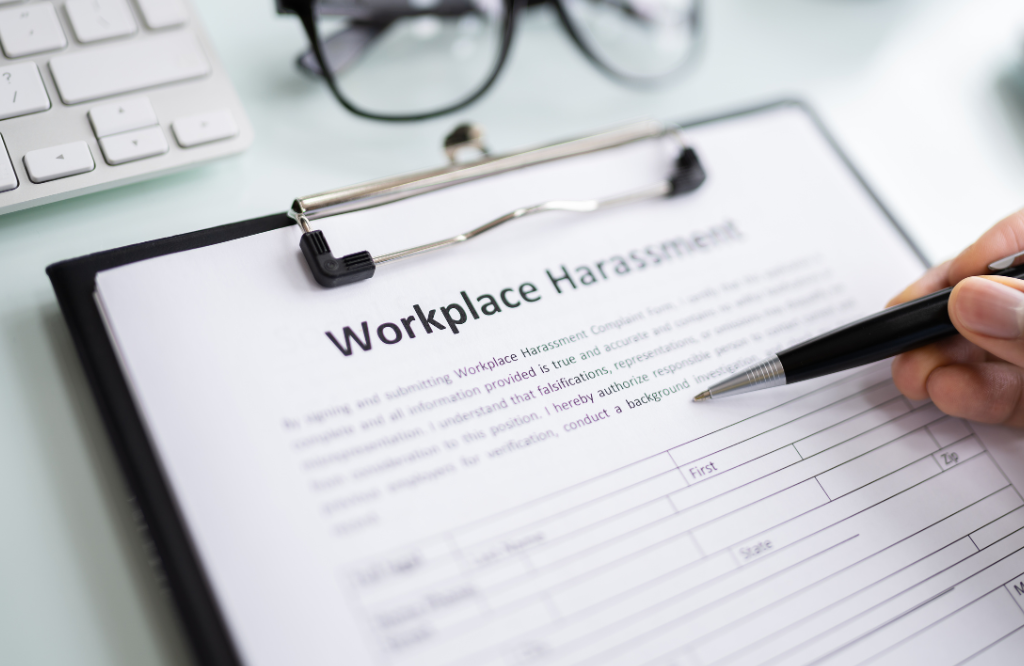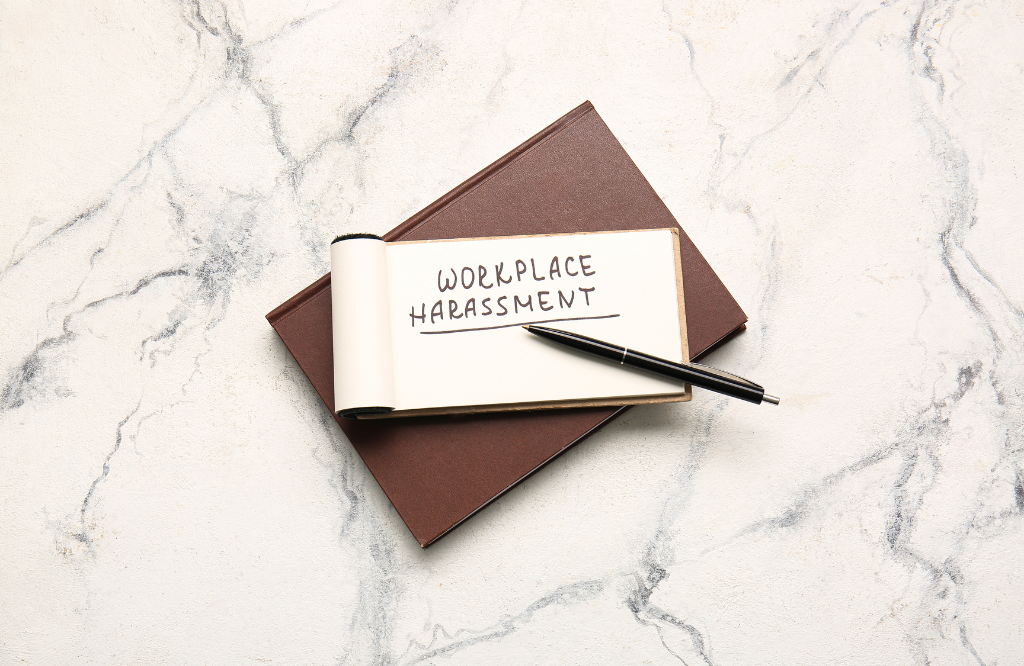Creating a safe and respectful workplace is essential. Employers have an updated duty to protect employees from sexual harassment in the workplace and to foster an environment where everyone feels safe. This isn’t just a best practice; it’s a legal and ethical responsibility. We’re going to highlight what employers need to know about their updated duties regarding sexual harassment, including steps to create effective policies and conduct a risk assessment to prevent issues before they arise.
Why Employers Must Take Sexual Harassment Seriously
Sexual harassment can and does create lasting harm for employees, impacting every part of their lives. Including: mental health, job performance, morale, home life and self image. Beyond personal impact, sexual harassment in the workplace can damage a company’s reputation, affect productivity and lead to legal consequences. On Gov.uk Anneliese Dodds, Minister for Women and Equalities said:
“This government is determined to ensure that we not only Make Work Pay; we also make work safe. Too many people feel uncomfortable or unsafe at work due to sexual harassment and we are putting every effort into putting a stop to it. The preventative duty is an important step on the journey, and we will continue to improve protections for workers until everyone can thrive”.
As an employer, it’s crucial to understand your sexual harassment duties under UK law. Sexual harassment isn’t just about dealing with incidents as they happen. A comprehensive approach to prevention, supported by regular risk assessments and policy updates, can significantly reduce the risk of harassment within your team.

Creating a Policy that Reflects Your Commitment
A strong policy against sexual harassment is one of the first steps in building a safe workplace. This policy should be clear, accessible and shared with all employees. Here are some elements to include:
- Zero-tolerance stance: Clearly state that the company has a zero-tolerance approach to sexual harassment.
- Definitions: Explain what sexual harassment means, using clear language so employees can easily understand it.
- Reporting procedures: Outline how employees can report incidents confidentially and without fear of retaliation.
- Consequences and support: Explain the disciplinary actions for perpetrators and the support available for those affected.
Make sure the policy is available to all staff members and discussed during onboarding. Updating it regularly based on the latest guidance and risk assessments will help ensure it remains effective and relevant.
Conducting a Risk Assessment to Prevent Sexual Harassment
Employers should conduct regular risk assessments to identify situations where sexual harassment in the workplace may be more likely. For instance, environments with low supervision or areas with potential power imbalances can create higher risks.
During your risk assessment, consider any factors unique to your workplace, such as isolated work areas, late-night shifts, or other situations where sexual harassment could go unnoticed. Evaluating these risks helps you create proactive measures to keep all employees safe.
Training Employees to Prevent Sexual Harassment
Training employees on sexual harassment is essential to creating an informed and respectful workplace. All employees, from entry-level employees to senior leaders, should understand the company’s stance on sexual harassment and know how to act if they witness it. Include practical examples, role-play scenarios and case studies during training to help employees understand the issue and how to address it.
Training also empowers bystanders to step in safely and support colleagues who may be affected. When everyone understands their role in preventing harassment, the entire team becomes stronger.

Responding Supportively to Sexual Harassment Reports
No matter how strong your policy and risk assessment are, there’s always a chance that sexual harassment in the workplace could occur. If an employee reports harassment, handle the situation with sensitivity and support. Here are a few ways employers can be supportive:
- Listen and respect confidentiality: Take every report seriously and respect the privacy of those involved.
- Investigate promptly: Swiftly investigate reports and ensure that the process is fair and unbiased.
- Provide support: Offer counselling or other support resources for employees affected by harassment.
When employees see that you take sexual harassment seriously and respond promptly, they’ll feel safer and more respected.
Keeping Up with New Standards and Policies
It’s crucial for employers to stay informed. Regularly review guidance from government bodies and organizations focused on workplace equality and safety.
Updating your sexual harassment policy and risk assessments to align with current best practices shows that you’re committed to creating a safe and inclusive workplace.
A Safer Workplace Starts with You
Taking these steps not only fulfils an employer’s duty but also strengthens the workplace culture. By focusing on proactive risk assessments, strong policies, effective training, and responsive support, you’re creating an environment where everyone feels safe, respected and valued. Understanding your sexual harassment duties is crucial to making your workplace safe.
Ensuring that your workplace is free from sexual harassment isn’t just a legal obligation; it’s a way to show your employees that they matter. A safe and respectful workplace benefits everyone and is key to a successful business.
